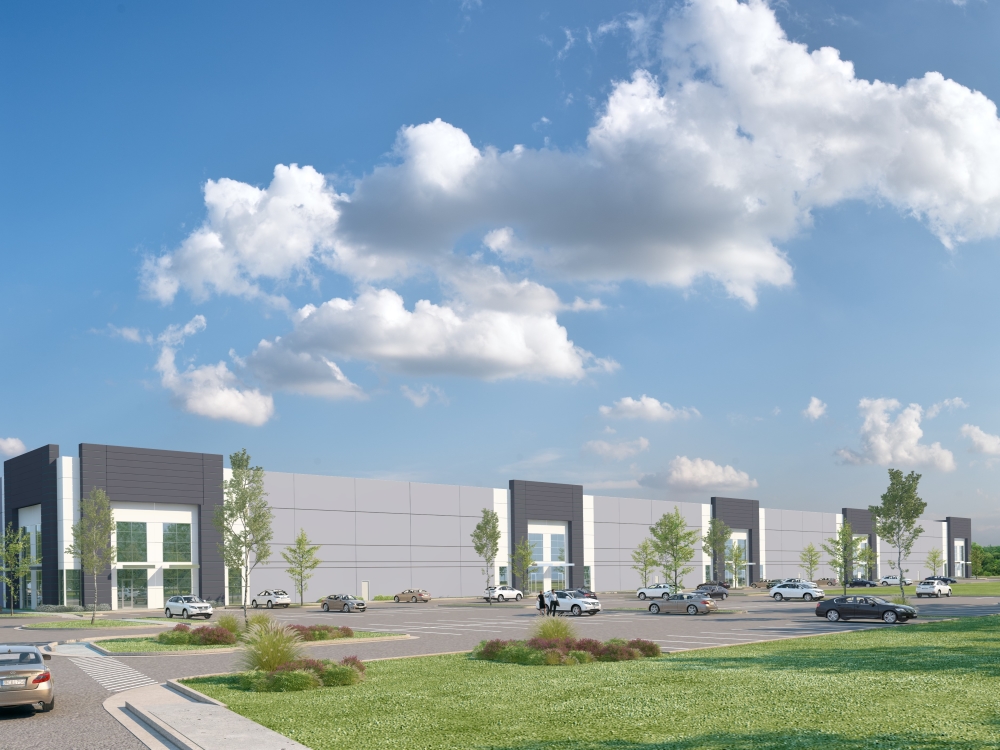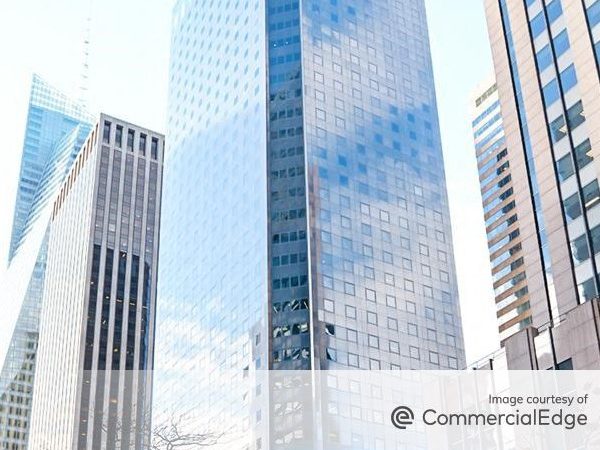5 Hot Topics from NYU’s Women in Real Estate Conference
Top takeaways from The Schack Institute of Real Estate's third annual symposium in New York City.
Proptech, capital markets and women-led companies were the talk of the third annual National Symposium of Women in Real Estate in New York City on Thursday. Organized by the Schack Institute of Real Estate at New York University, the event attracted hundreds of attendees to the Grand Hyatt New York in Midtown Manhattan, including rising leaders representing a variety of real estate business areas.
In a late-morning session, a panel discussed an array of topics that asset managers should focus on, such as the disruption of Airbnb, rent control, emerging technologies and coworking. Led by Sherry Rexroad, managing director & senior product strategist at Blackrock, the panel included three other senior professionals from institutional investors: Lesley Lisser, senior director for asset management at Invesco; Kinsey Sale, executive director for Americas real estate, J.P. Morgan Asset Management; and Melissa Pianko, managing director for real estate at The Blackstone Group.
Here are five hot topics at the panel:
1. Coworking
In New York City alone, the volume of coworking space has now reached upward of 15 million square feet. That equates to between 3.5 to 4 percent of the inventory in the largest U.S. office market and surpasses the national average of 2 percent, according to Sale. Coworking also accounts for more than 15 percent of new office velocity so far in 2019, despite WeWork’s widely reported challenges. In order to prudently underwrite risk, 30 percent is the magic number for leasing office space to coworking companies. Not only do those providers pay above-market rents, but landlords should keep an eye on the security stipulated in the leases. As Sale noted, even if a coworking deal goes south, the landlord will have a line of credit equal to one to two years of rent to cover out-of-pocket expenses.
“What we found is keeping coworking in 25-30 percent or less in the building works best for us,” said Sale. “We’ve had success with that amount, and it also helps attract other tenants, since they see the opportunity for flex space if they aren’t ready to commit to a large portion of space today.”
2. Amenity wars
The amenities war is a long-running battle for both the multifamily and office sectors. With that in mind, Rexroad posed a question for the audience to consider: “What’s ‘nice to have, versus what’s ‘have to have?'”
With most commercial properties and communities offering many of the same luxuries, it’s important to choose what will keep them competitive in the market and will be most attractive to tenants and residents.
“People are looking for communities. Depending on location, we’re limited with the amenity space we have, so it needs to be flexible, it needs to be transformative,” said Pianko.
Developing relationships around utilizing these spaces is key because it helps ensure that these amenities won’t become wasted space. Programs in which tenants or residents can get together and socialize are ideal, as well as incorporating space that can serve multiple uses such as outdoor public areas and coworking office spaces to create a diverse community with a sense of belonging.
3. Demographic change
New construction is bringing together different generations more than ever before. Some Baby Boomers are making their way back to cities once they become empty-nesters, while Millennials and Gen Zs are attracted to more transit-oriented areas.
“The older and younger generations want to interact, they want the same things,” said Lisser. “They go to the same events and just want a simple sense of community. We haven’t done different programming, just more programming to raise engagement.”
4. Airbnb/corporate rentals
Much like coworking, the Airbnb and corporate rental models can increase revenue, but their share of a property’s space should be limited. Keep corporate units to less than 20 percent of the leasable area, Sale advised, because an operator shouldn’t rent multiple large blocks, only to risk getting stuck with a big number of empty units all at once.
“There’s a lot of policing that goes into this,” noted Sale. “You need to keep track of the local laws in your city, as well as monitoring what exactly is going on in your buildings.”
Residents generally don’t want to feel like they’re living in a hotel, so it’s important to reduce this risk by keeping corporate units to one section of the building. That helps prevent a multifamily community from gaining a reputation for a hotel-like atmosphere, which could turn off potential residents and lead to lost potential revenue.
5. Technology
Technology comes in two forms, according to Pianko: First, how you get faster, more accurate information about property performance and make successful day-to-day decisions; and second, what multifamily residents will demand in terms of smart homes. “Smart living is nice to have but not a need to have for renters,” said Pianko.
Sustainability goes hand-in-hand with emerging technologies and the cost savings they can yield. Smart devices can help train staff in knowing where energy is being used the most, as well as identifying cost-saving strategies. And in many locations, owners and property managers can partner with local municipalities to implement programs that cut operating expenses.








You must be logged in to post a comment.